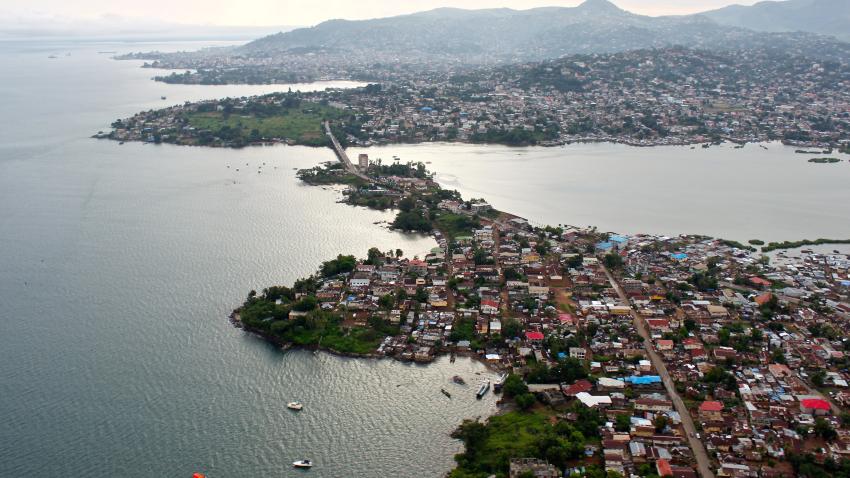Since the middle of the 20th Century, the global population has more than tripled in size, from 2.5 billion in 1950, to 7.9 billion in 2021. Research by the United Nations projects that the global population will continue to rise to an estimated peak of 11 billion in 2100. What does this mean for our future? How will our growing population affect climate change and the achievement of the Sustainable Development Goals (SDGs)?
A new report from UN DESA, Global Population Growth and Sustainable Development, provides analysis and insights on the demographic and socioeconomic drivers of population growth and magnifies the scale of the investments and efforts required to ensure that no one is left behind.
Speaking at the recent UN DESA Global Policy Dialogue on “The Future of Population Growth,” which served as the launch for the report, John Wilmoth, Director of the Population Division of UN DESA, said that “by 2050, two-thirds of the global population will be driven by the momentum embedded in today’s population.”
So how should the people of today ensure that the future looks bright for the people of the future?
First, the report calls for investments in education and health, particularly in low-income countries, and the promotion of full and productive employment for all, including for women, which can lead to a sustained decline in fertility. It also calls for moving the global economy towards greater sustainability by decoupling the growth in population and in economic activity from a further acceleration of resource extraction, waste generation and environmental damage. Limiting climate change and global warming, for example, will require rapid progress in decoupling economic activity from the current over-reliance on fossil fuels.
While the report acknowledges that rising populations can exacerbate global problems such as climate change, experts emphasize it is possible for rising population rates and sustainable development to have a healthy relationship.
Pierre Boileau, Head of the Global Environment Outlook Programme at the UN Environment Programme (UNEP), acknowledged at the policy dialogue that population is a key driver of environmental change but emphasized that “the level of population is not the problem, it is the consumption of individuals that is the problem.”
He said that the rate of consumption per capita is a more worrisome problem then the size of the population—a fact backed up by UN DESA’s report, which notes that more developed countries emit more carbon despite having slower-growing populations.
To learn more, read UN DESA’s “Global Population Growth and Sustainable Development” report here and watch the Global Policy Dialogue on “The Future of Population Growth” here: https://youtu.be/aGW5ELJdhY0

